2. Features of Field Fence
-
Material: Typically made from galvanized steel wire for rust resistance and durability. Some high-end fences use aluminum-coated or PVC-coated wires.
-
Structure: Often has a woven or knotted design to provide flexibility and strength.
-
Wire Gauge: Commonly ranges from 9 to 14 gauge, with thicker wires offering higher strength.
-
Spacing: The spacing between horizontal and vertical wires varies based on the type of animals being contained. The lower sections usually have smaller gaps to prevent small animals from escaping.
-
Height: Available in different heights, typically from 0.8m to 2.4m (3ft to 8ft), depending on the application.
3. Types of Field Fence
-
Hinge Joint Field Fence
-
Made with interwoven wires that create flexible, yet strong, joints.
-
Ideal for areas with uneven terrain as it allows slight movement without breaking.
-
Commonly used for sheep, goats, and cattle.
-
-
Fixed Knot Field Fence
-
Has vertical and horizontal wires locked together with a special knot, offering superior strength.
-
Used for large livestock like horses, cattle, and deer due to its high tensile strength.
-
-
Square Knot Field Fence (S Knot or X Knot)
-
Features a solid knot structure that prevents slipping and sagging.
-
Used in high-security and predator-prone areas.
-
-
Welded Wire Field Fence
-
Wires are welded at intersections, making the fence rigid and strong.
-
More suitable for small animals, gardens, and residential fencing than for large livestock.
-
4. Applications of Field Fence
-
Livestock Containment: Used to enclose cattle, sheep, goats, horses, and deer.
-
Wildlife Protection: Helps keep deer and other wildlife away from crops and gardens.
-
Property Boundaries: Clearly marks land ownership and prevents disputes.
-
Security Fencing: Protects farms and rural properties from unauthorized access.
-
Highway and Roadside Fencing: Prevents animals from wandering onto roads.
5. Benefits of Field Fence
✅ Durability: Made from high-quality steel, often galvanized to resist rust and corrosion.
✅ Cost-Effective: Provides a long-term solution with minimal maintenance.
✅ Flexibility: Available in different styles and configurations for various needs.
✅ Easy Installation: Can be installed using wooden, metal, or concrete fence posts.
✅ Safety: Protects livestock from predators while preventing injuries caused by barbed wire.
6. Installation Process
-
Planning & Measurement: Determine the fence perimeter and mark post locations.
-
Setting Posts: Use wooden, T-posts, or metal posts spaced 2-3 meters apart.
-
Attaching Wire Mesh: Unroll the fence, stretch it tightly, and secure it to posts.
-
Fastening & Reinforcement: Use staples, clips, or tie wires for a secure fit.
-
Gates & Finishing: Install access gates and ensure tension is maintained.
7. Maintenance Tips
-
Regularly inspect for loose wires, rust, or broken sections.
-
Tighten sagging wires and replace damaged areas.
-
Keep vegetation clear from the fence line to prevent damage.

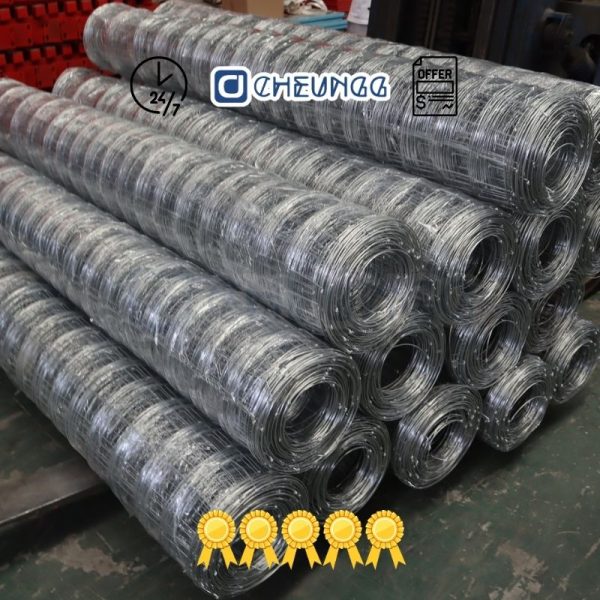
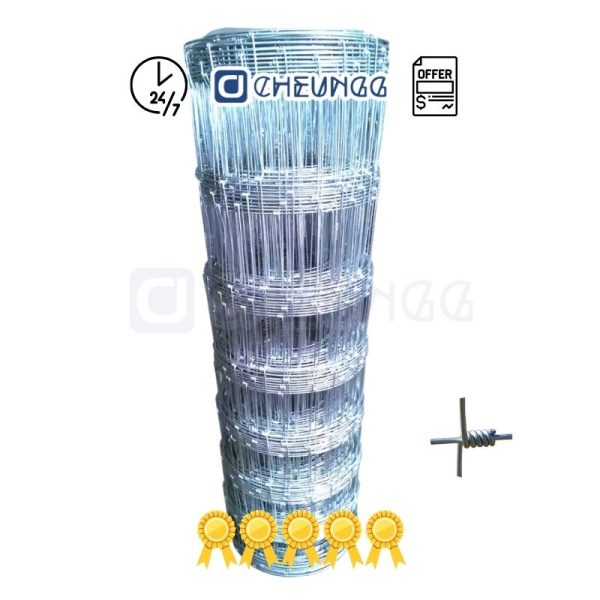
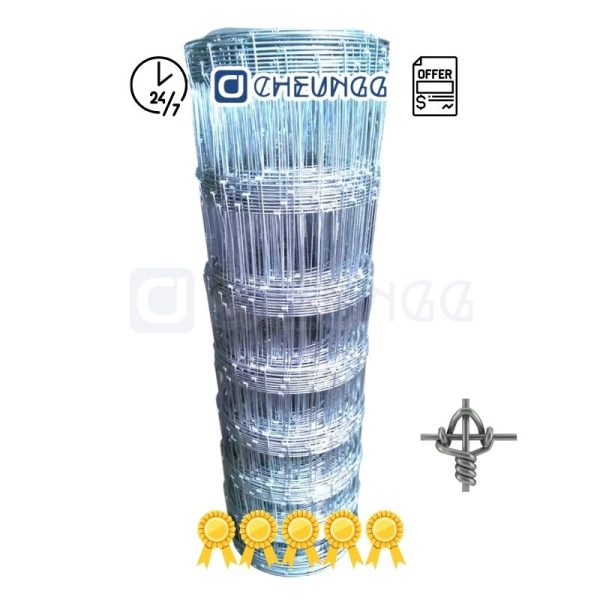
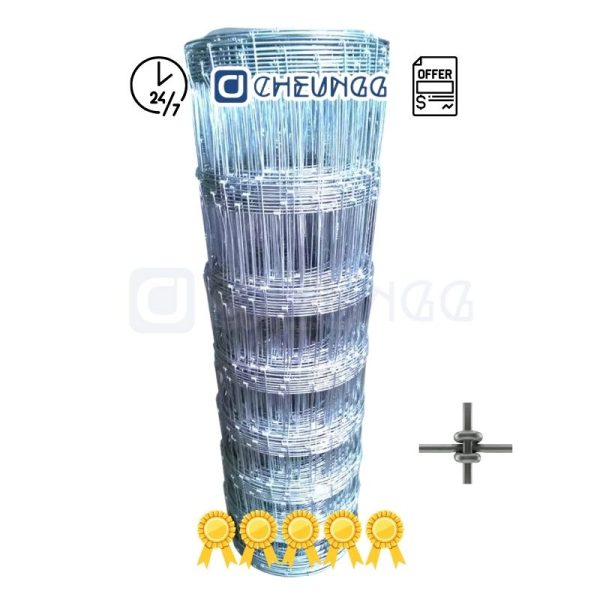
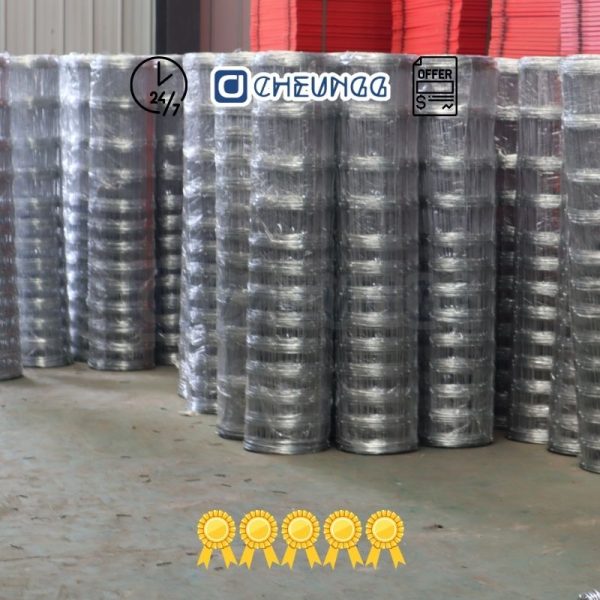
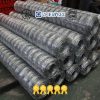
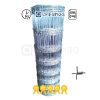
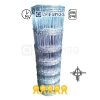
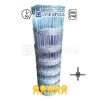
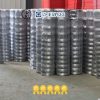

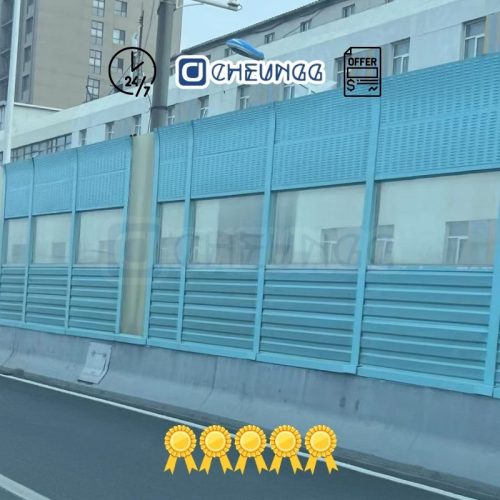
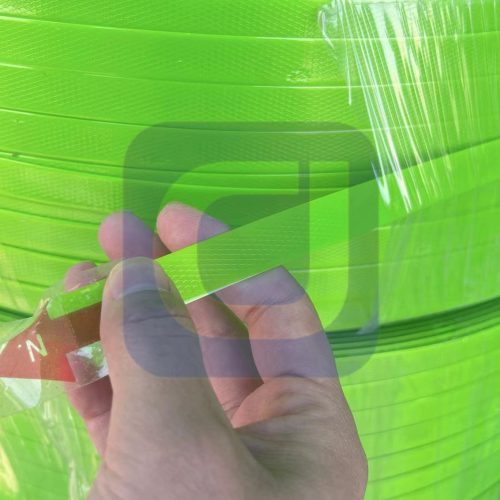
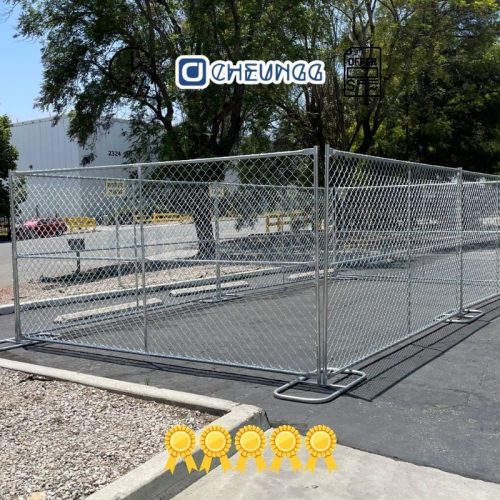
Reviews
There are no reviews yet.